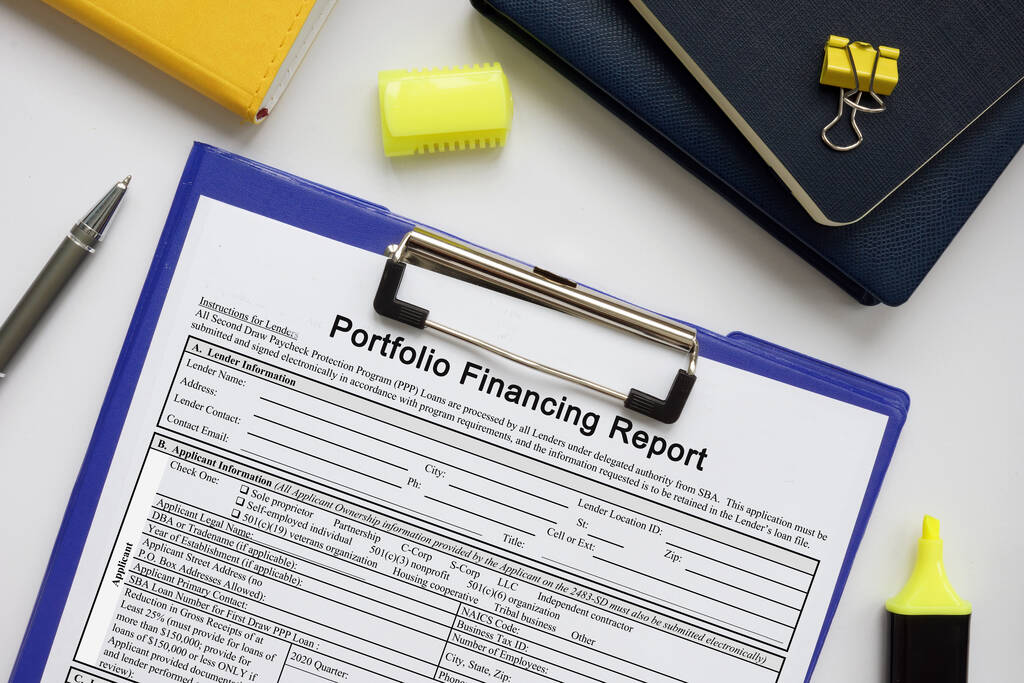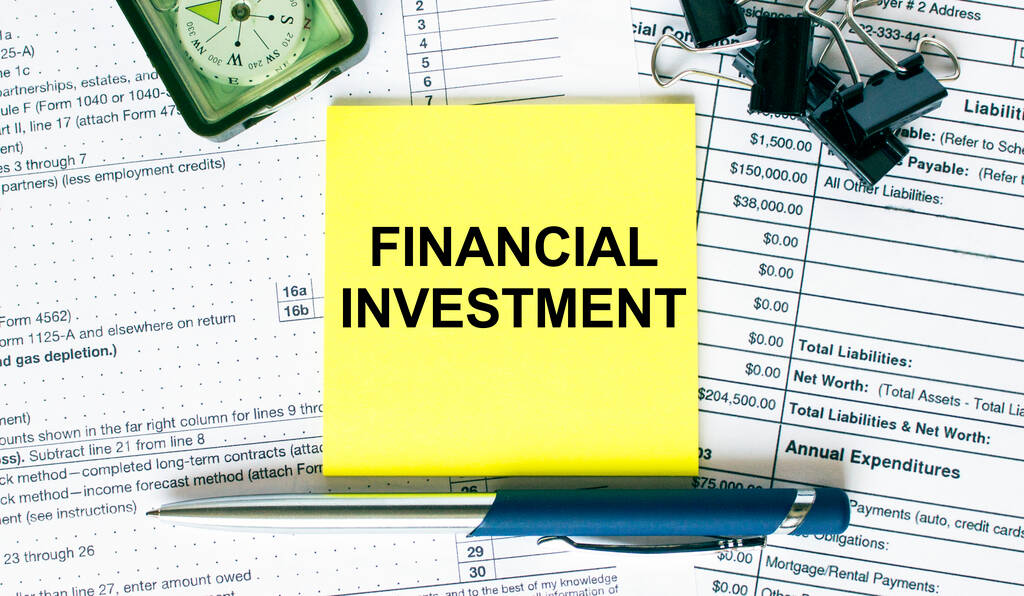The 1031 exchange, also known as a like-kind exchange or a tax-deferred exchange, is a powerful tool used by real estate investors to defer capital gains taxes when selling one investment property and acquiring another.

This article will delve into the intricacies of a 1031 exchange, highlighting its benefits and outlining the process involved. By understanding the mechanics of a 1031 exchange, investors can maximize their profits and grow their real estate portfolios more efficiently.
Section 1: The Basics of a 1031 Exchange: A 1031 exchange refers to section 1031 of the Internal Revenue Code, which allows real estate investors to defer capital gains taxes on the sale of an investment property if they reinvest the proceeds into a like-kind property. The term “like-kind” does not mean the properties have to be identical; rather, it encompasses a broad range of real estate types, including residential, commercial, and vacant land.
Section 2: Advantages of a 1031 Exchange: The primary advantage of a 1031 exchange is the ability to defer capital gains taxes. By deferring the tax liability, investors can leverage their profits to acquire a more valuable property, increase their cash flow, or diversify their real estate portfolio. This strategy can lead to significant long-term wealth accumulation.
Additionally, a 1031 exchange provides the following benefits:
- Increased purchasing power: By deferring taxes, investors can reinvest the entire proceeds from the sale into a new property, allowing for greater purchasing power and potential for appreciation.
- Wealth preservation: Investors can maintain their initial investment amount without giving a portion of it to the government as taxes. This enables them to compound their gains over time.
- Portfolio flexibility: Investors can exchange properties geographically, enabling them to adapt to changing market conditions, economic opportunities, or personal preferences.
- Estate planning: A 1031 exchange can be used as a wealth transfer tool, allowing investors to pass properties to their heirs while deferring the capital gains tax.
Section 3: The Process of a 1031 Exchange: To qualify for a 1031 exchange, investors must adhere to specific rules and timelines. Here are the key steps involved in the process:
- Identify the replacement property: Within 45 days of selling the relinquished property, the investor must identify one or more potential replacement properties. The IRS allows three identification methods: the Three Property Rule, the 200% Rule, and the 95% Exception.
- Initiate the exchange with a Qualified Intermediary (QI): A QI is an independent third party responsible for facilitating the exchange. The investor must engage a QI before closing on the sale of the relinquished property.
- Sell the relinquished property: Once the investor finds a buyer for the relinquished property, the sale is closed, and the proceeds are transferred to the QI. It is crucial to avoid constructive receipt of funds to maintain the tax-deferred status.
- Acquire the replacement property: The investor has 180 days from the sale of the relinquished property to complete the acquisition of the replacement property. The replacement property must be of equal or greater value and be acquired for a business or investment purpose.
- Complete the exchange: The QI will transfer the funds from the sale of the relinquished property to acquire the replacement property, ensuring a seamless exchange.

A 1031 exchange provides real estate investors with a valuable opportunity to defer capital gains taxes, enhance purchasing power, and expand their investment portfolios.
Learn more at Wiki as well.
